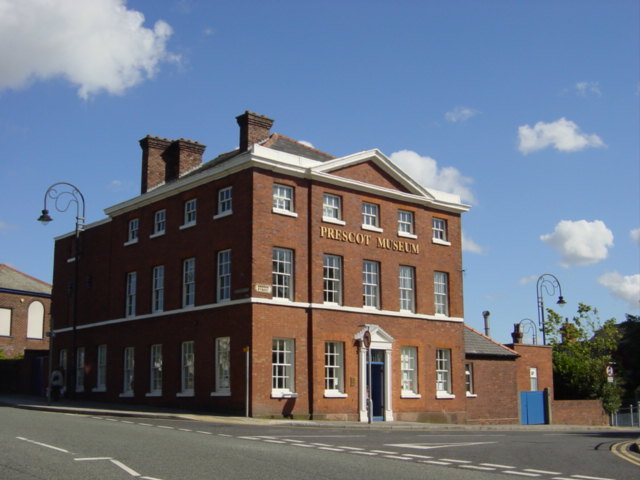|
Listed Buildings In Prescot
Prescot is a Civil parishes in England, civil parish in Metropolitan Borough of Knowsley, Knowsley, Merseyside, England. It contains 25 buildings that are recorded in the National Heritage List for England as designated listed buildings. Of these, one is listed at Grade I, the highest of the three grades, and the others are at Grade II, the lowest grade. The parish contains the town of Prescot, which from the middle of the 18th century to the middle of the 19th century was of national importance as a centre of the watch-making industry. This industry is reflected in some of the listed buildings that include workshops, some of which are detached and some are integrated into houses. There is also a large former watch-making factory, and the town's museum (which is itself listed) contains a reconstructed watchmaker's workshop. The other listed buildings include houses and associated structures, a public house, a former cinema, and two churches. Key Buil ... [...More Info...] [...Related Items...] OR: [Wikipedia] [Google] [Baidu] |
Prescot
Prescot is a town and civil parish within the Metropolitan Borough of Knowsley in Merseyside, England. Within the boundaries of the historic county of Lancashire, it lies about to the east of Liverpool city centre. At the 2001 Census, the civil parish population was 11,184 (5,265 males, 5,919 females). The population of the larger Prescot East and West wards at the 2011 census totalled 14,139. Prescot marks the beginning of the A58 road which runs through to Wetherby, near Leeds in West Yorkshire. The town is served by Prescot railway station and Eccleston Park railway station in neighbouring Eccleston. History Prescot's name is believed to be derived from the Anglo-Saxon ''prēost'' "priest" + ''cot'' "cot", meaning a cottage or small house owned or inhabited by a priest, a "priest-cottage". ( ME prest, preste, priest, OE prēost, LL presbyter, Gk πρεσβύτερος presbýteros "elder, priest"). In the 14th century, William Dacre, 2nd Baron Dacre, obtained a char ... [...More Info...] [...Related Items...] OR: [Wikipedia] [Google] [Baidu] |
